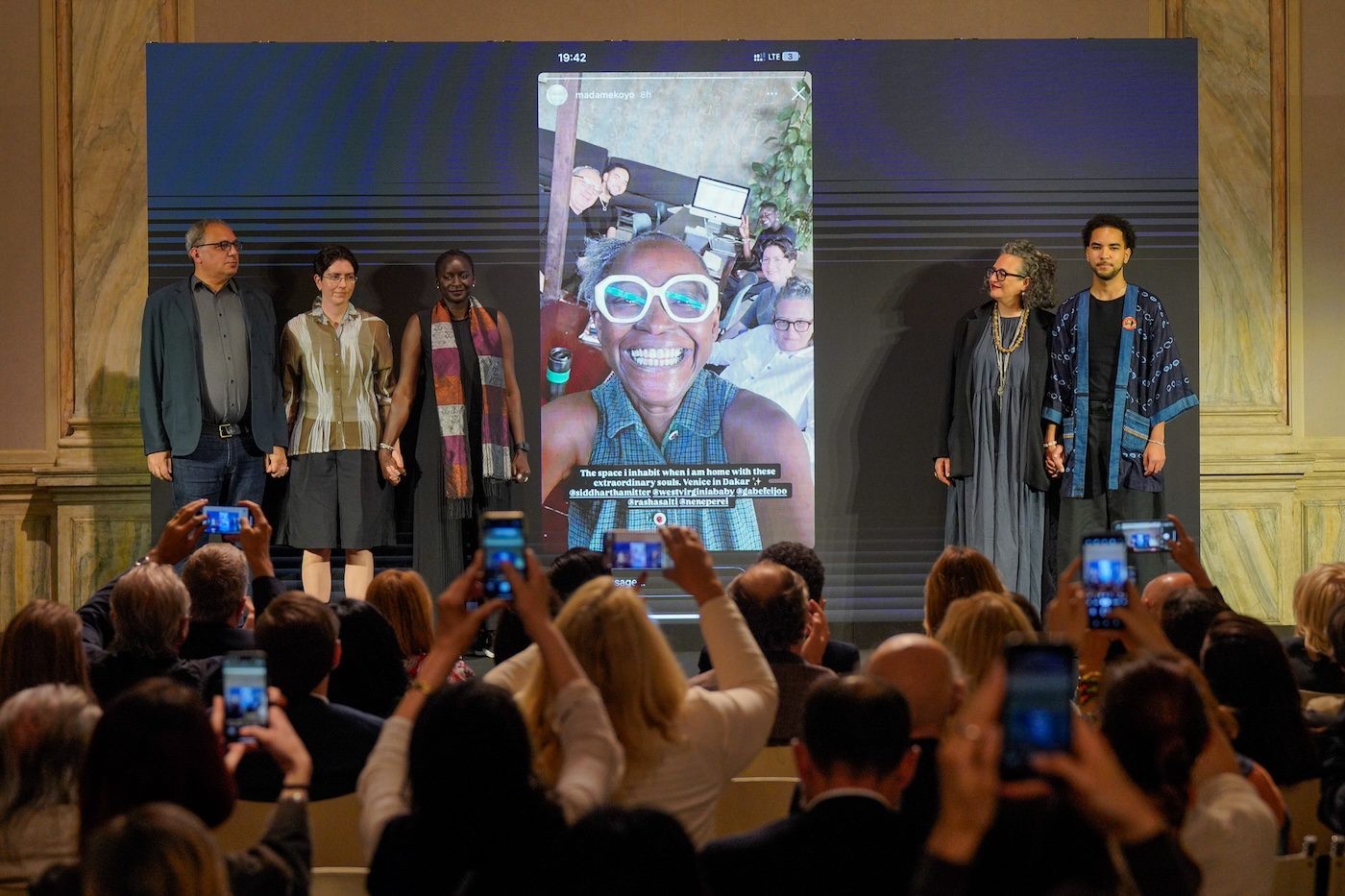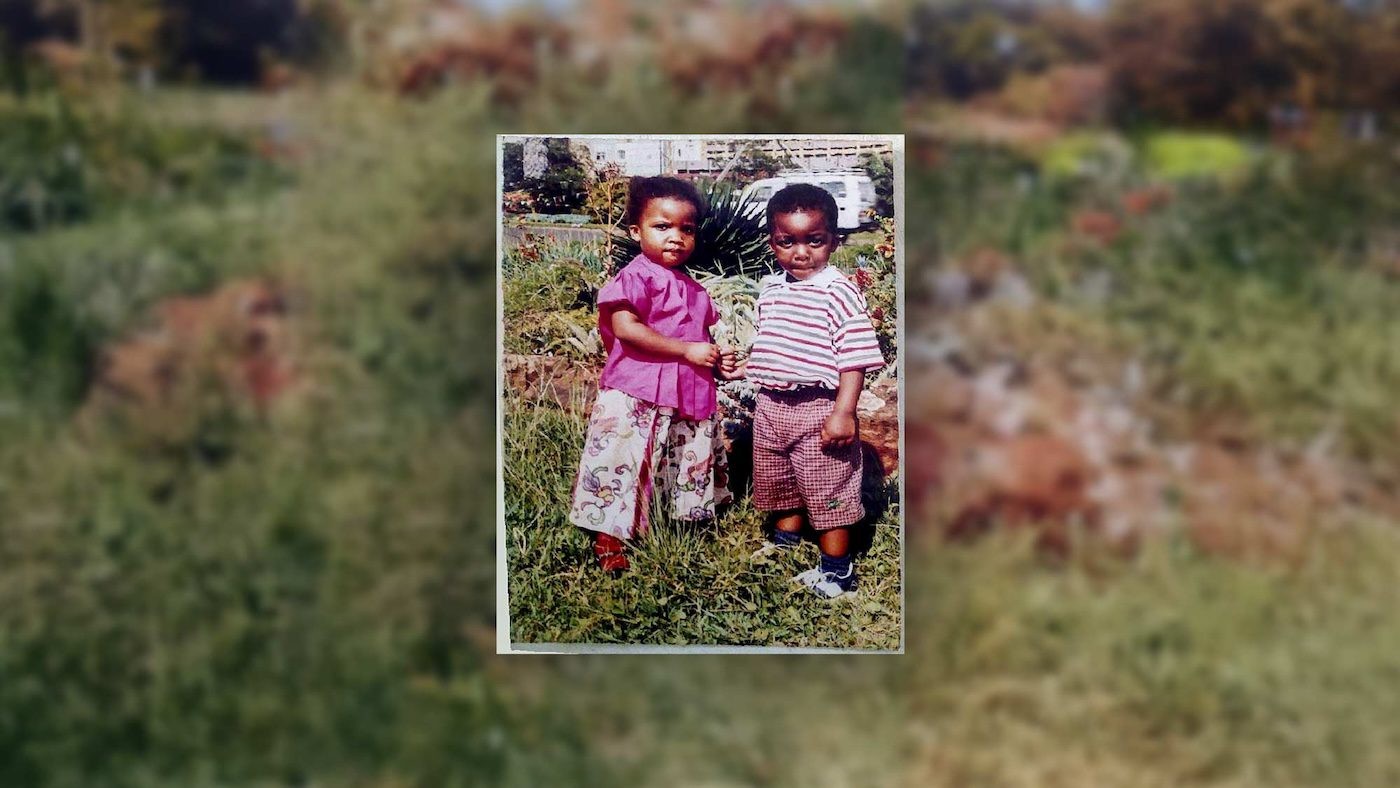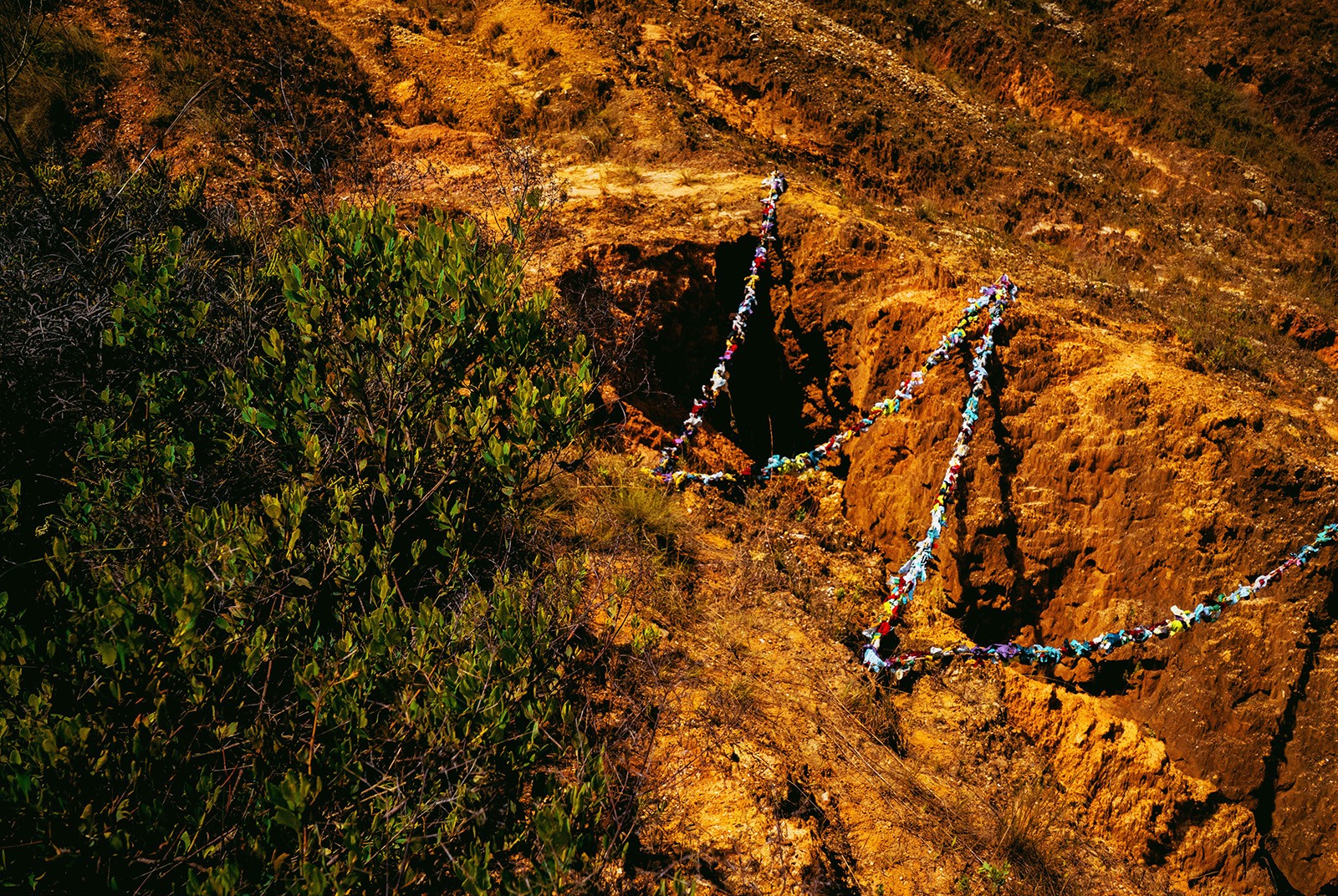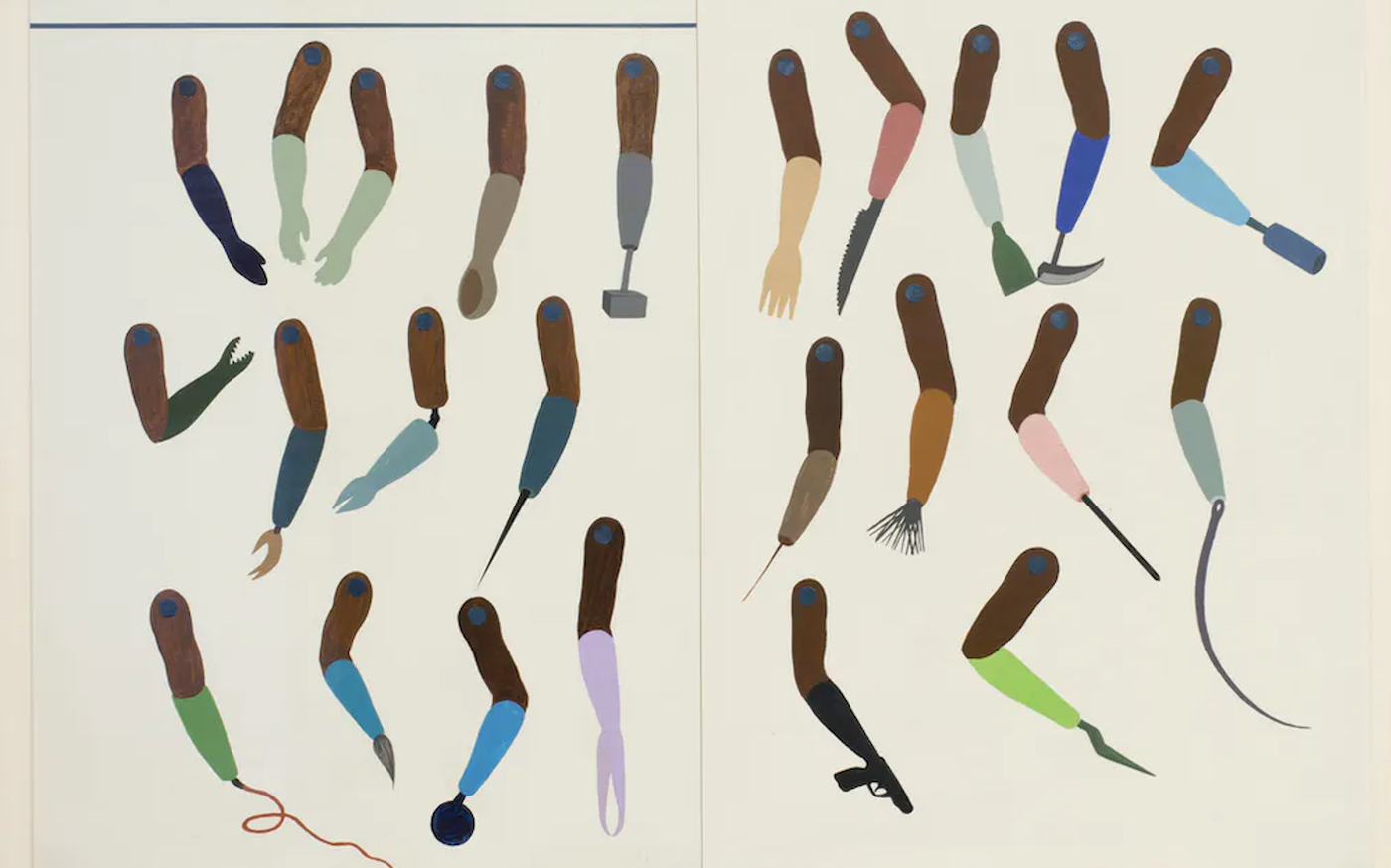His query has continued to go around in my own head
29 October 2013
Magazine C& Magazine
8 min read
On a Saturday in October, we were leaving the Academy of Fine Arts in Lubumbashi, where Mikhael Subotzky and Lard Buurman had presented their work to an audience made up of artists and students of the Academy. In the bustle of the crowd, a student tapped me on the shoulder. I recognized him as …
On a Saturday in October, we were leaving the Academy of Fine Arts in Lubumbashi, where Mikhael Subotzky and Lard Buurman had presented their work to an audience made up of artists and students of the Academy. In the bustle of the crowd, a student tapped me on the shoulder. I recognized him as one of the people who had asked a question during the Q&A. He looked at me and asked exactly the same question he’d asked earlier: “Tell me, what is the importance of photography in the life of an artist?” After Mikhael’s brilliant demonstration and Lard’s personal account of his trajectory as an artist, I didn’t know what to say. But did I really need to answer him, is that what he expected? Wasn’t he really asking the question of himself?
His query has continued to go around in my own head, in a number of variants: the importance of organizing a biennale, the importance of inviting twenty or so artists and international professionals to Lubumbashi to exhibit and to exchange ideas, the importance of architecture, the importance of the public, the importance of interventions in public space, the importance of becoming involved in an artistic project, the importance of contemporary art, the importance of dreaming, the importance of sharing one’s dreams, and so on—and since these matters of importance are entwined with lives, and not just the life of the artist, there is also the life of the city, the lives of the passersby who look, or don’t look, the lives of children sitting in front of screens where images cry out in a language they don’t understand, the lives of those who have the power to change everything, or not, the lives of those who don’t have a word to say. The importance of all of this in each one of these lives stayed on my mind during Professional Week at the third edition of Rencontres Picha, Biennale de Lubumbashi.
The two editions of the Biennale in 2008 and 2010 set the tone, whet appetites, and generated enthusiasm. It was this last word, in fact, that gave the third edition its motto. While in 2008 it was the organizers who selected the works, since 2010 this has been up to “big brother” Simon Njami, who returned as artistic director of the event. In addition to more classical exhibition formats, photographs were displayed on billboards throughout the city or projected onto the façades or inside city buildings such as the Palace of Justice and the National Museum, all of which was punctuated by workshops, professional encounters, and performances. A publication documenting the event and its extension into urban space is forthcoming. While the third edition was built on past successes, it also took up the challenge of adding a new layer to the project—an ambition that required an extra year to realize.
Back in April 2012, Elvira Dyangani Ose went on a first reconnoitering mission to tap into the atmosphere of Lubumbashi, visit sites for possible interventions, and meet the city’s cultural stakeholders, as well as, more generally, its inhabitants. The curatorial concept she developed is based on Jean-François Lyotard’s notion of enthusiasm: a desire to explore the ways in which contemporary art practices have brought about the dissolution of the categories of the audience and of participation and have contributed to the creation of a new social imaginary of urban space.
The event, which was initially slated to take place in October 2012, was postponed by a year so as to allow enough time to secure funding and to set up a well-planned and spaced out schedule of activities leading up to Professional Week.
Thus the Goethe Institut photography master class and the presentation of the Jean Depara exhibition at Halle de l’Etoile (Institut Français) in collaboration with Revue Noire marked the beginning of the Biennale. During the preceding year, there was also a workshop for photographers on archival research, led by Andrea Stultiens, an architecture workshop led by Marilyn Douala Bell and Johan Lagae, and artist residencies with Bodil Furu and Angela Ferreira. The works created in the last two projects were displayed in the Biennale.
Professional Week took place between the 2nd and 6th of October 2013, with exhibitions in the usual spaces (Lard Buurman at Halle de L’Etoile [Institut Français], Sabelo Mlangeni at Centre d’art Picha, Guy Tillim at Galerie Dialogues at the National Museum of Lubumbashi) as well as new ones for the Biennale: Mikhael Subotzky, Gulda El Magambo, Katia Kameli, and François Xavier Gbré at the Fine Arts Academy and Georges Senga at City Hall. The youth center in the commune of Katuba hosted two discussions with professionals from the Congo, Africa, and Europe on art as social experiment. Videos were screened in locations such as Centre d’art Picha and Foyer Saint Jean in Kamalondo. At Foyer Saint Jean—an abandoned theater whose dilapidated state gives it a special charge and beauty—two videos evoking the role of the theater in society (Storyteller by Katia Kameli and Opera by Bodil Furu) introduced the video Bodil Furu created for the Biennale, Code minier, about the exploitation of natural resources in Katanga province.
Another work created for the Biennale was the result of collaboration between the artist Angela Ferreira and the curator Jürgen Bock: a four-meter tall sculpture positioned on top of a modernist building housing a GPM service station. The project’s title, Entrer dans la mine (Entering the mine), is inspired by a song in Kibemba about a worker who sends his mother his last testament before going into a mine to die, buried without even having been ill. Isis Keto and Alain Lumbala Kazaku performed a poignant rendition of the song at the opening. A recording of the performance is integrated into the installation.
The figure of Lumumba was very present in the subjects tackled by the artists at the Biennale. Guy Tillim’s excellent series Avenue Lumumba responded to Sven Augustijnen’s film Spectres in the garden of the National Museum, while Georges Senga opened the Biennale with the series Une vie après la mort (A life after death), in which a diptych presents the incarnation (reincarnation?) of Lumumba by a retired teachers’ union activist.
Urban issues continued to play a prominent role in works such as Lard Buurman’s City Junctions, Katia Kameli’s Already Installed, Sabelo Mlangeni’s Ghost Towns, and, on a more subtle level, in almost all of the other contributions.
The videos on display—by Nastio Mosquito, Moridja Kitenge Banza, Bassim Magda, Hala Elkoussy, Christian Tundula, Vitshois Mwilambwe, and others—were also part of this trend of the sensitive exploration of urban space. The presentation of a video series on the perception of landscapes, selected by the Biennale’s partner festival Videobrasil, closed the event.
Johan Lagae, professor of the history of architecture at Ghent University, led a city tour, focusing on the spatial impact of executive buildings, accounts of haunted houses, the segregated layout of the city and its contradictions, and the most recent structural developments. The itinerary was inspired by stories collected from the inhabitants of Lubumbashi during the architecture workshop.
The results of this workshop, as well as those of the workshop on archival photographs, were presented in a class at the Academy of Fine Arts.
So—what importance does this have, and in what life?
I still haven’t seen the young student again, whom I gave my cell phone number for lack of an answer. I don’t know if he has come back to look more closely at the photos of Ponte City, which are displayed in his school’s courtyard. Whether he looked at the doors, the windows, and at the TV screenshots from inside the apartments in this 54-story building in Johannesburg. Whether he felt himself transported, appalled, moved. I like to think of him at home, opening the doors and windows, moving the television set, and exclaiming with open arms: art is good for nothing, but it sure does air out your mind! Waking the spatial imaginary is sometimes simply a matter of clearing one’s head.
Patrick Mudekereza is a writer and cultural producer, living and working in Lubumbashi, DRC. He co-founded and runs the Picha art center, and co-directs along with Sammy Baloji Rencontres Picha, the Biennale of Lumumbashi.
English by Millay Hyatt.
Read more from






